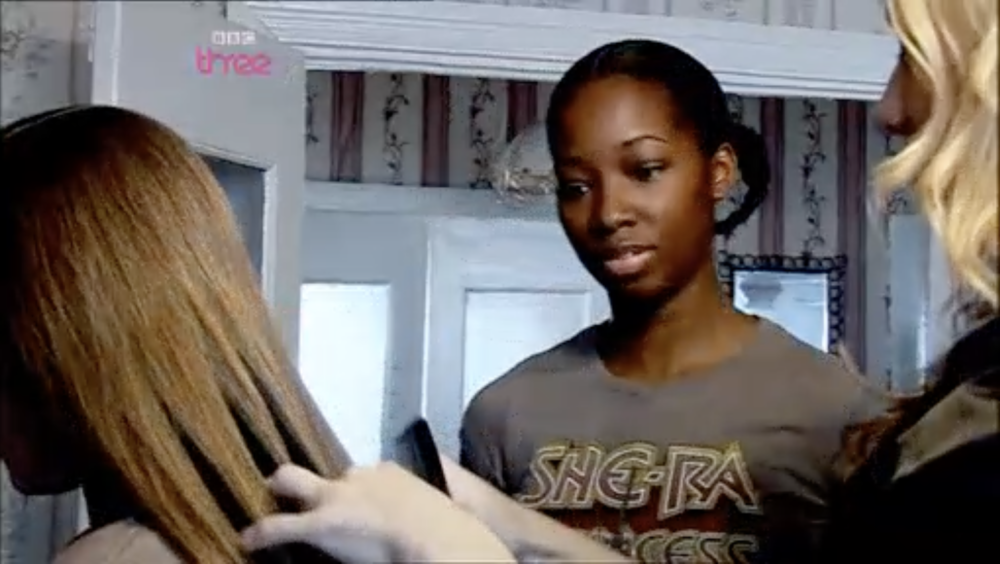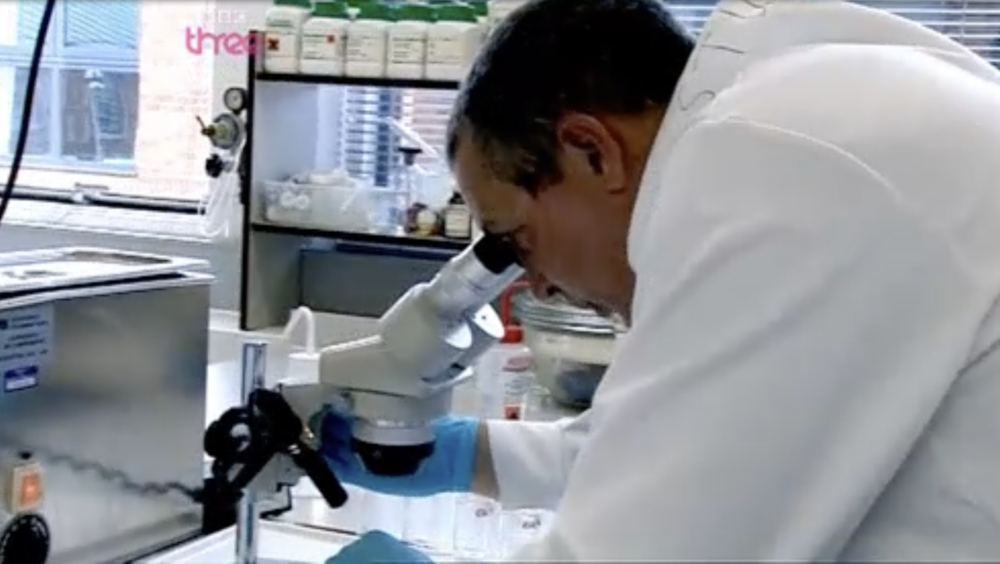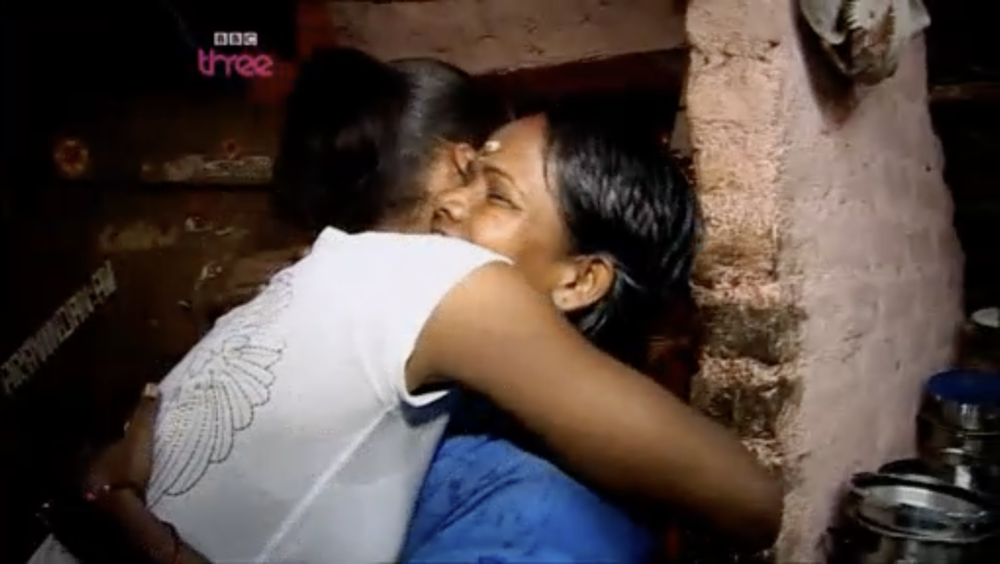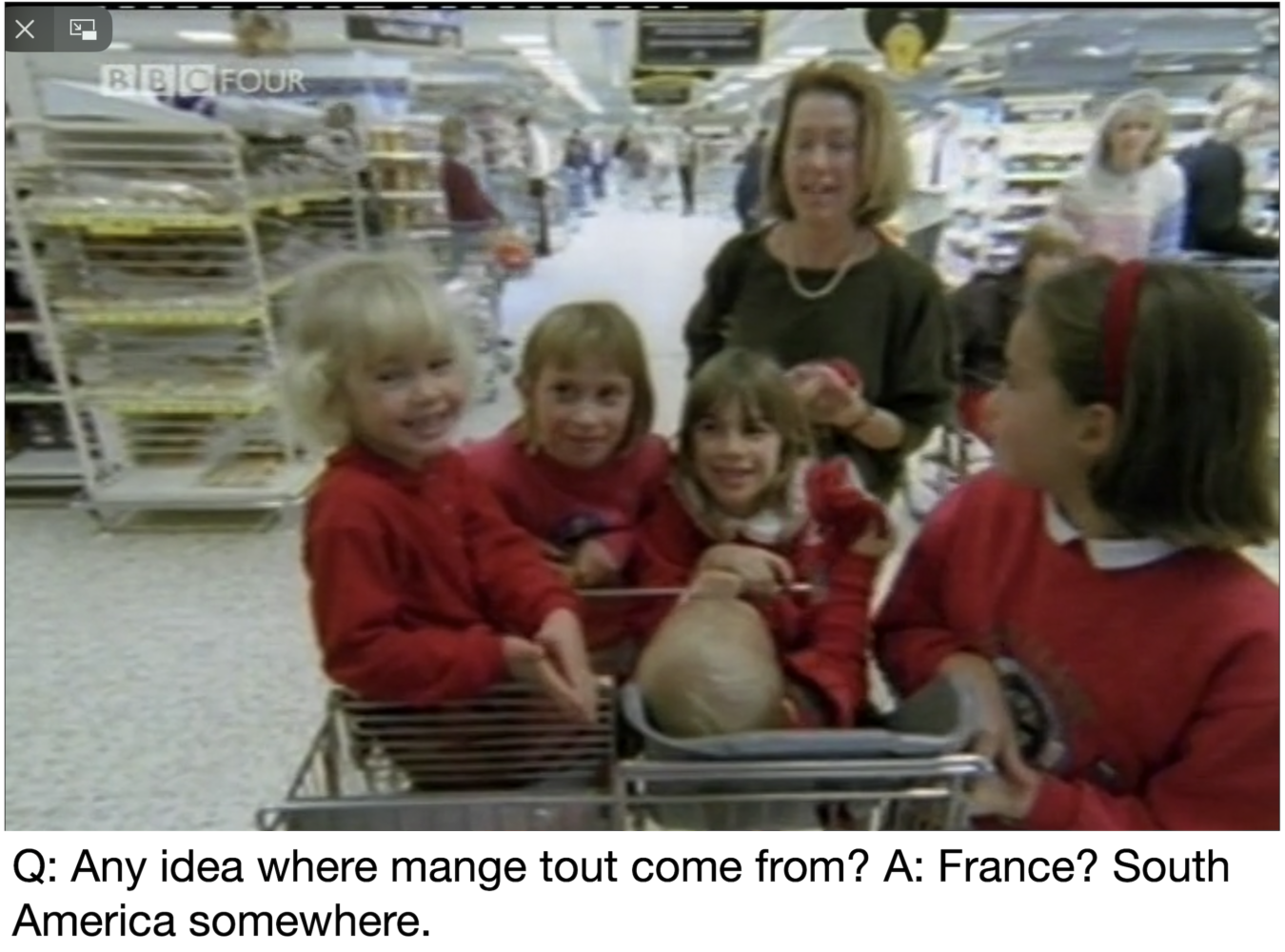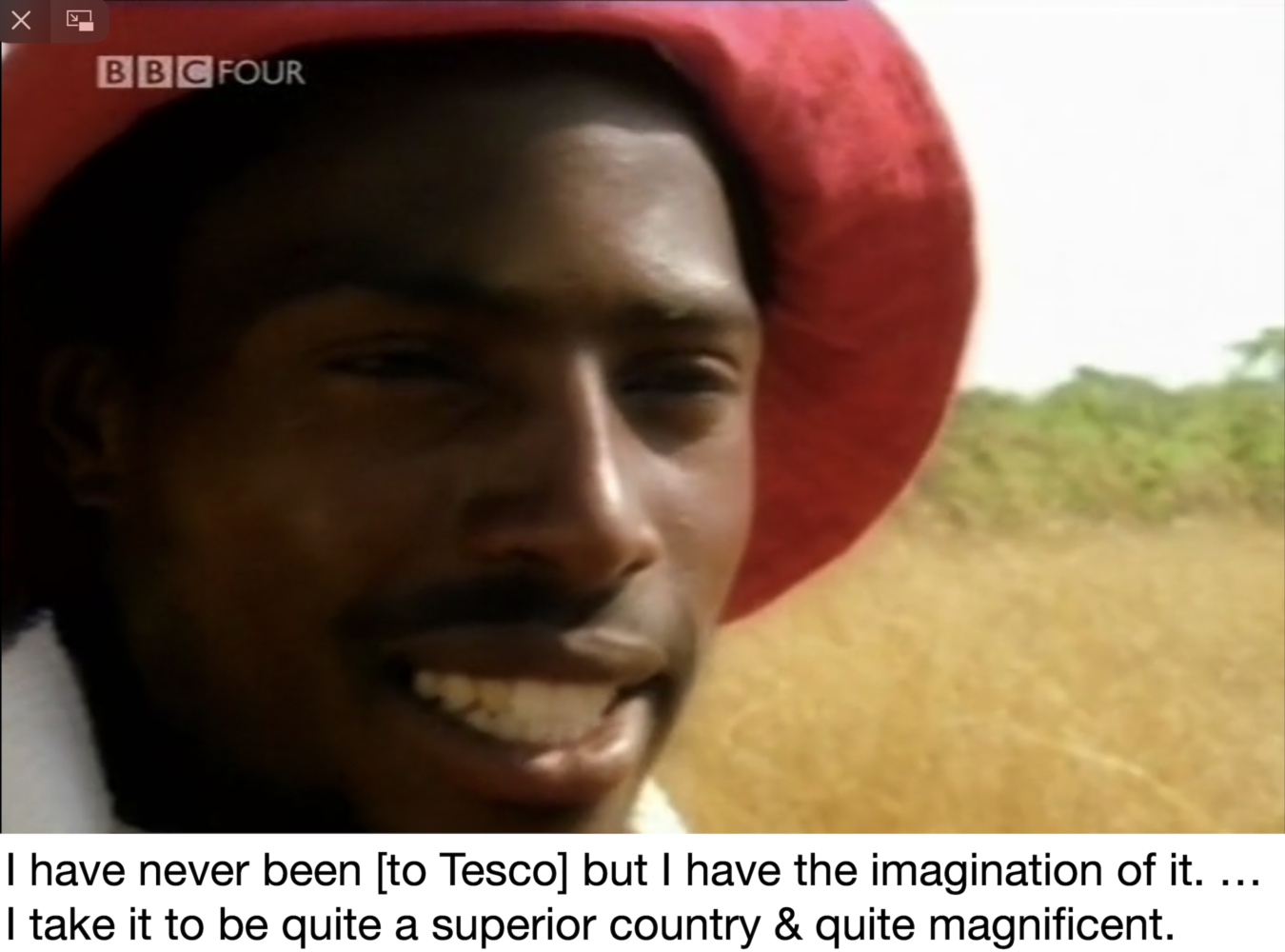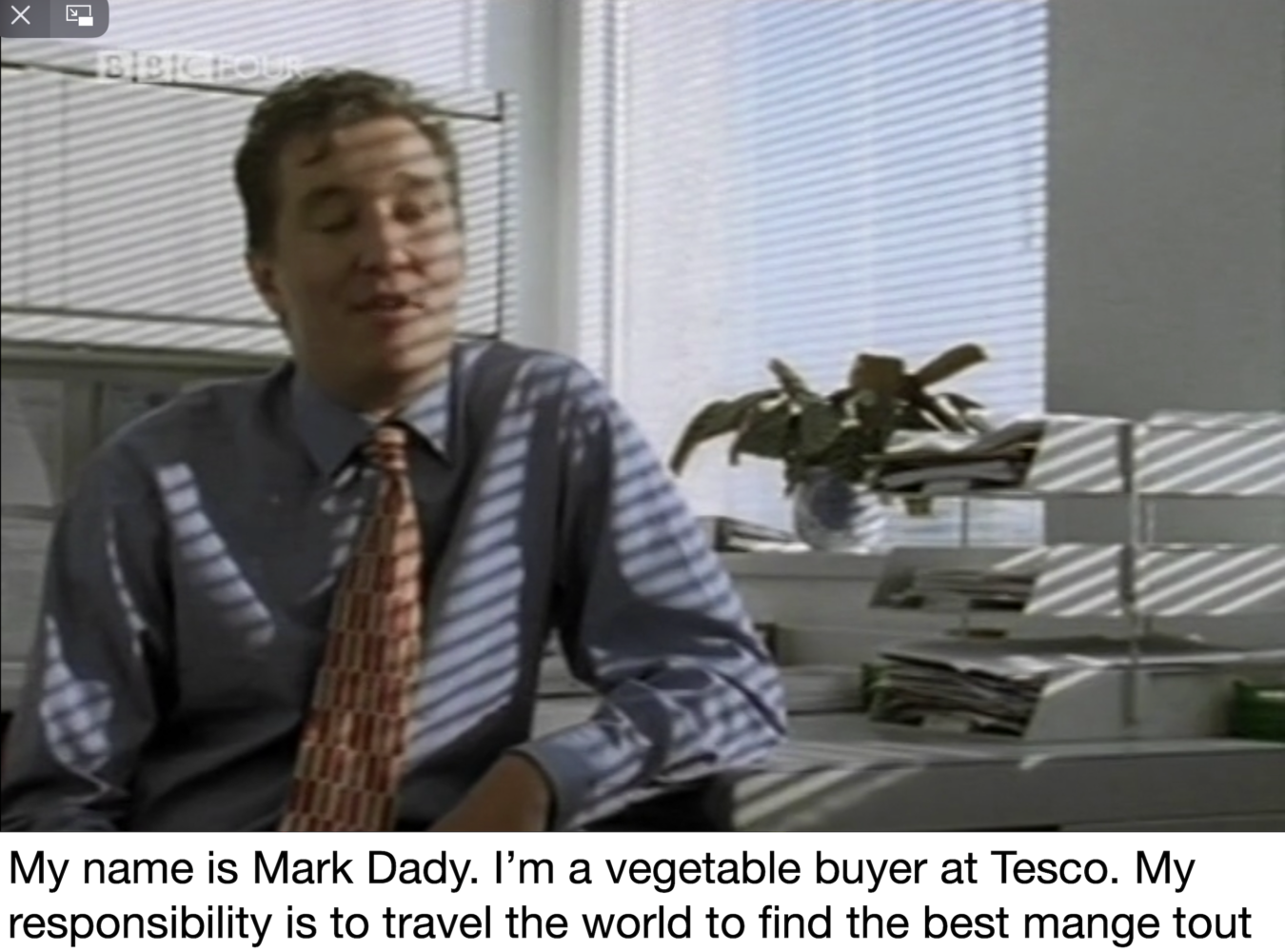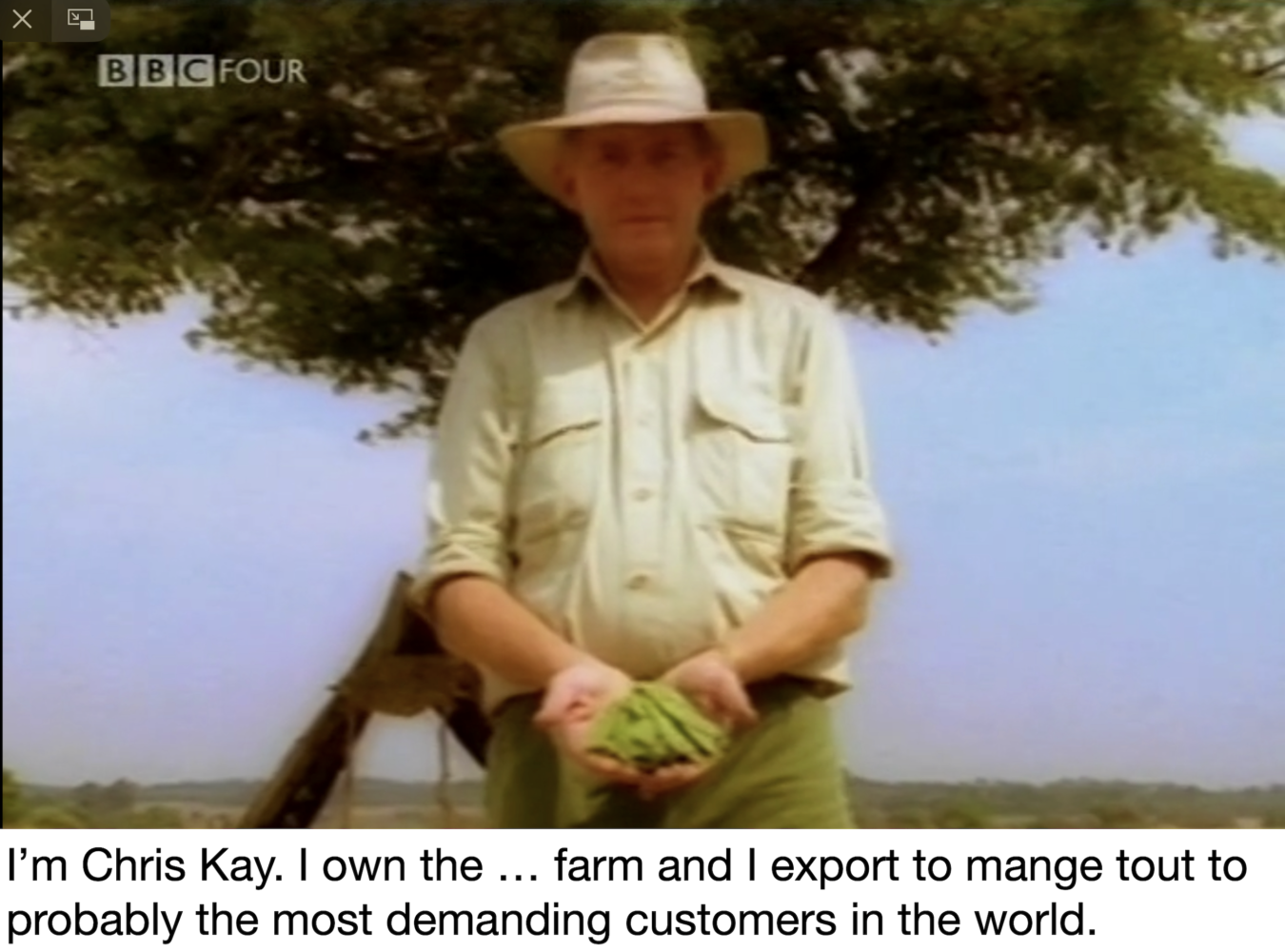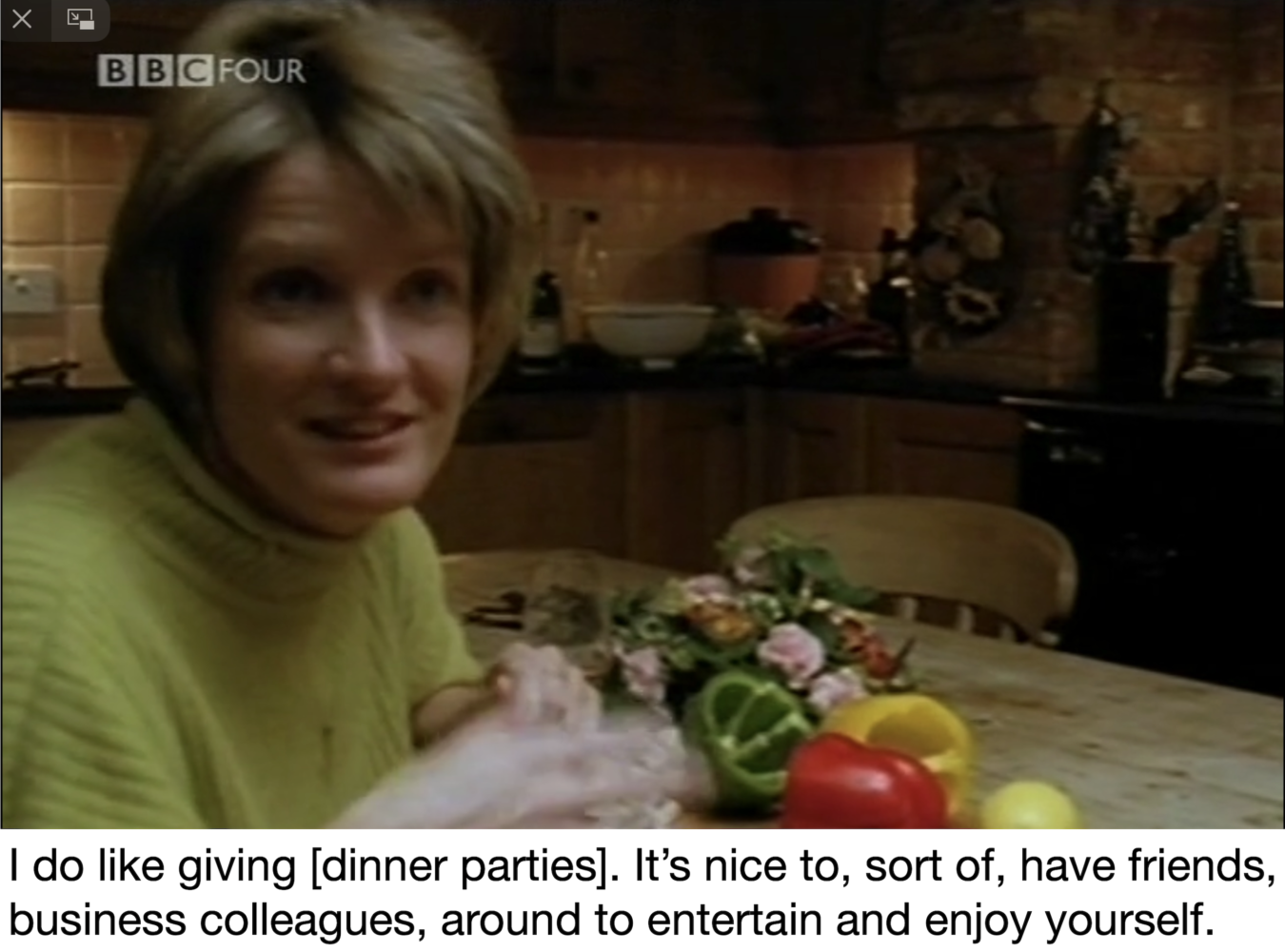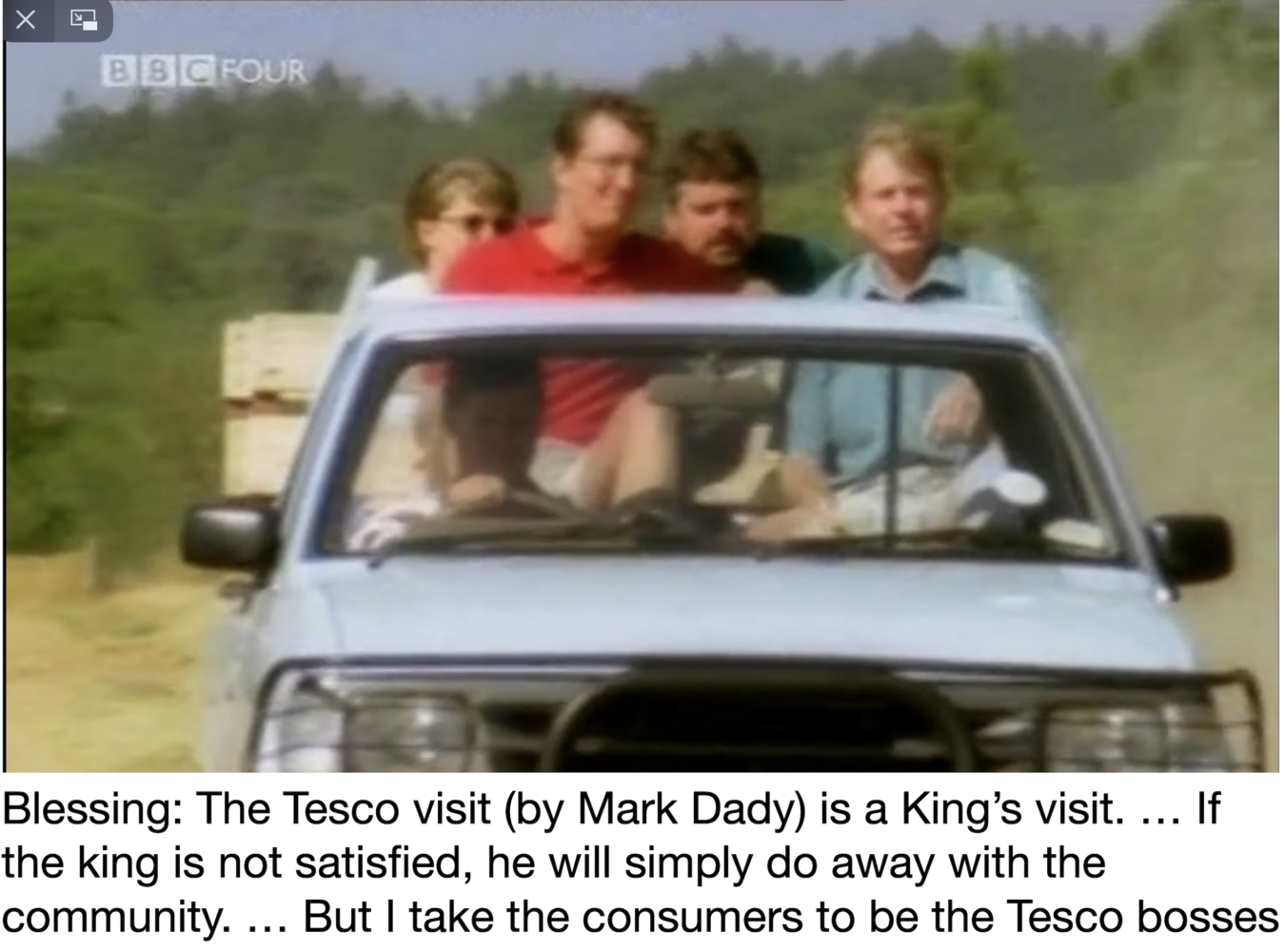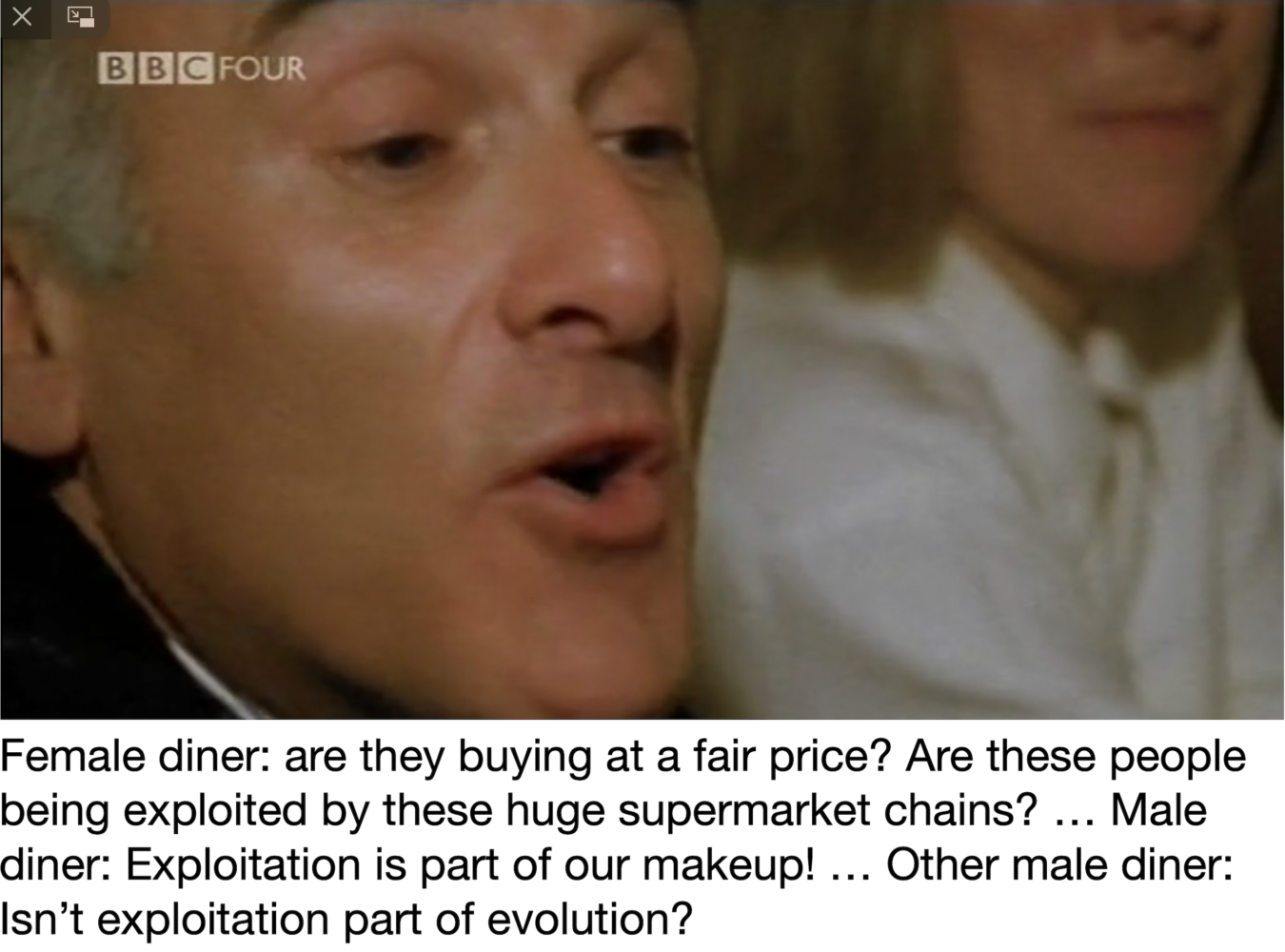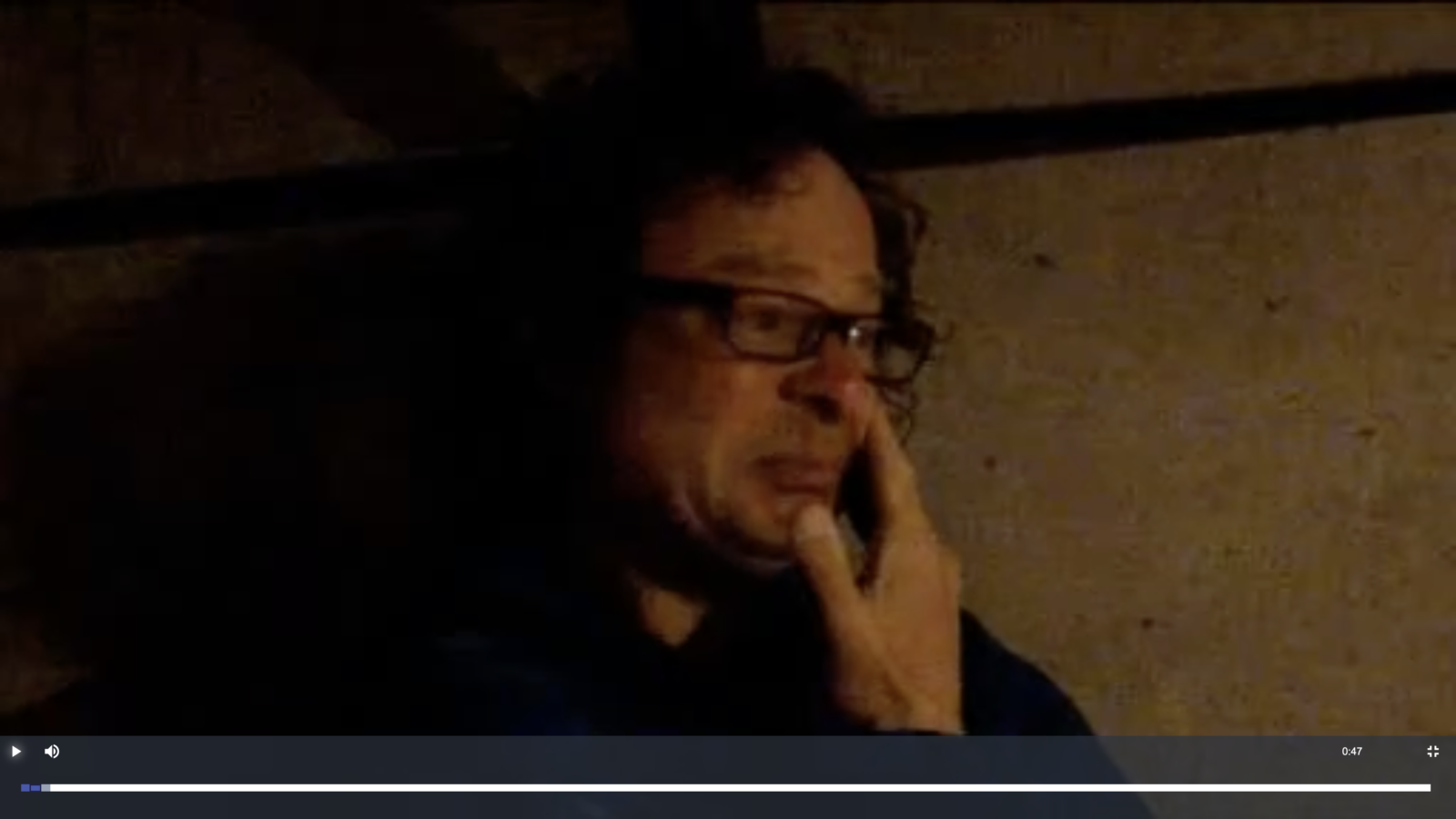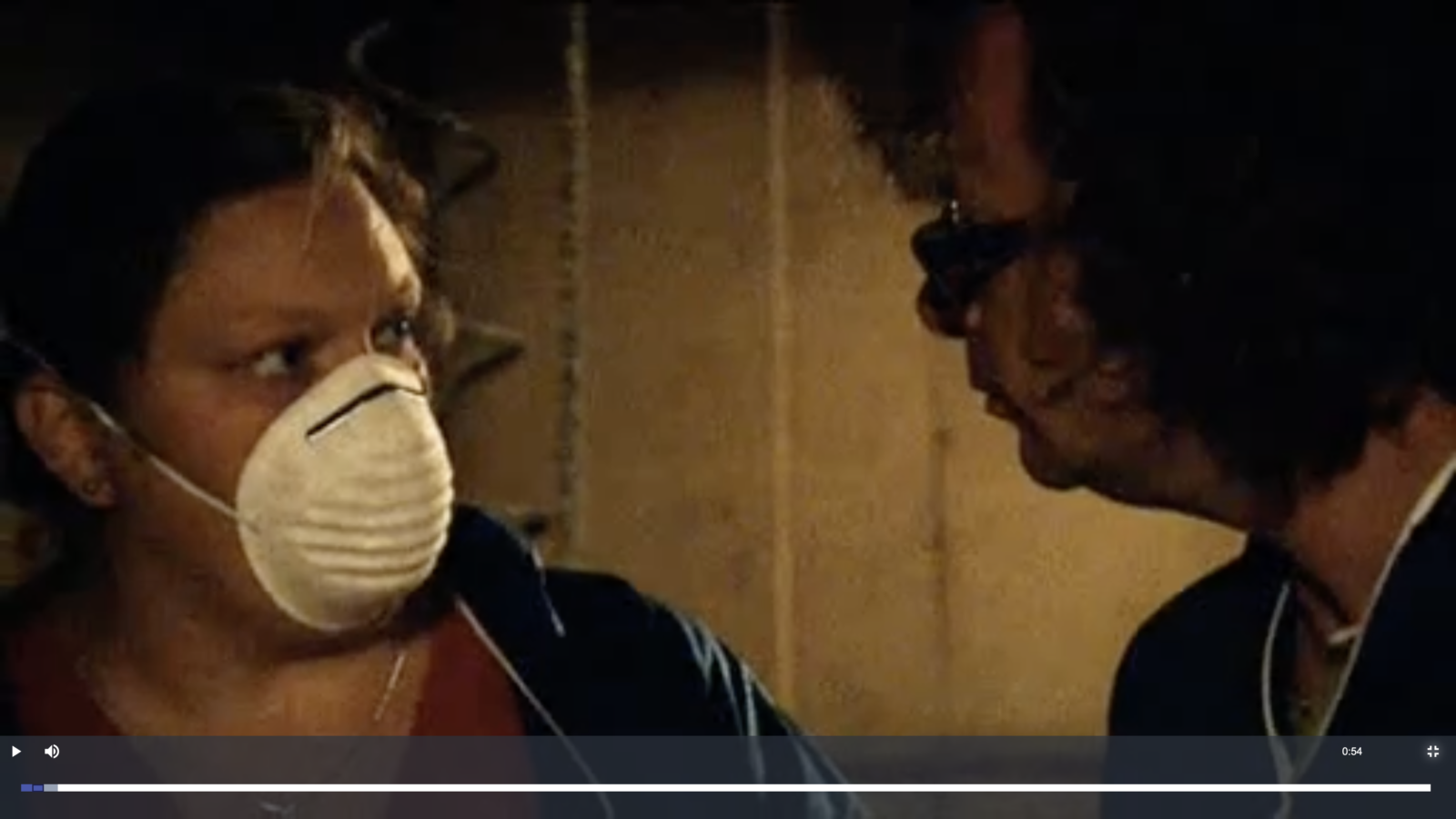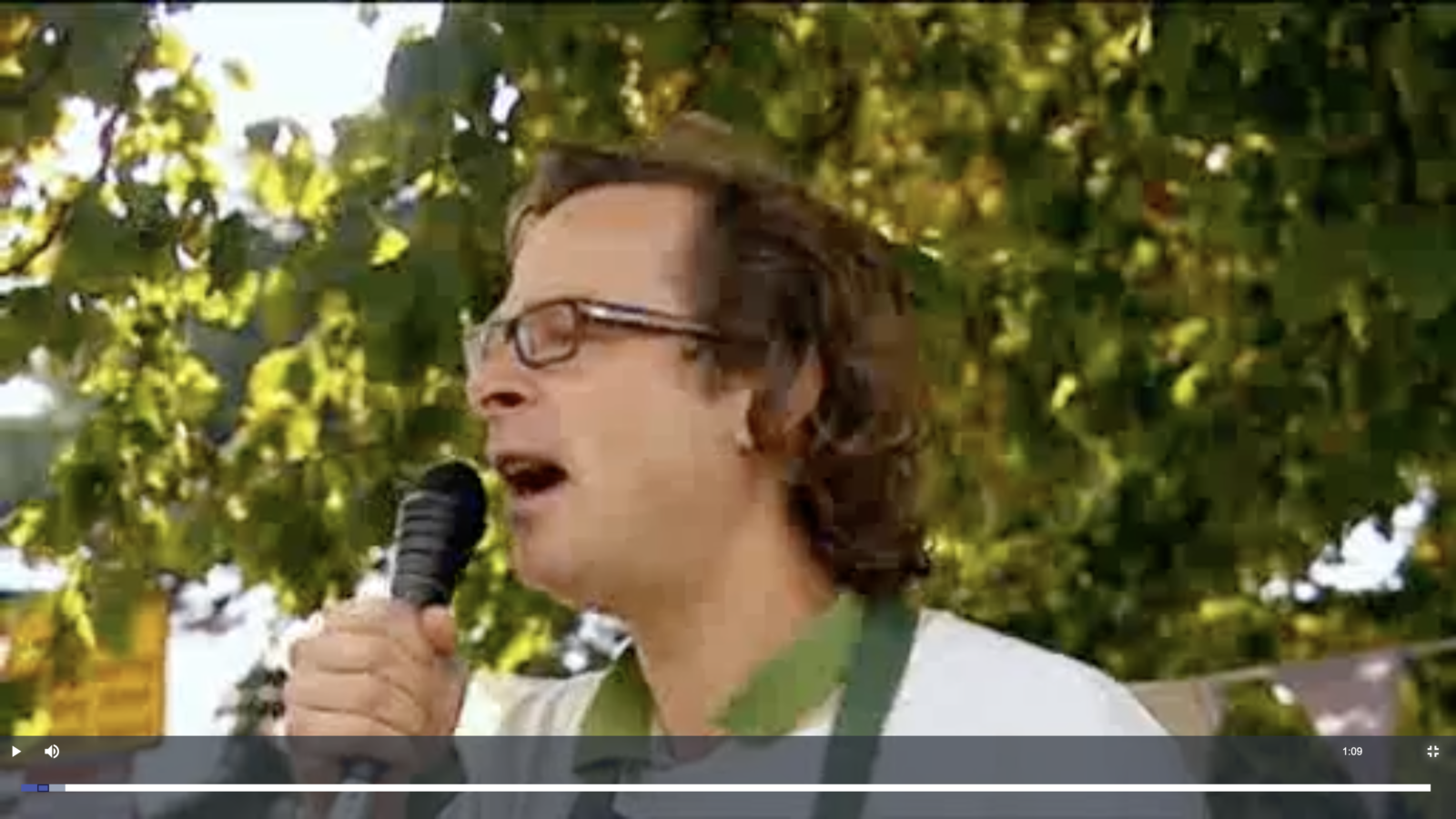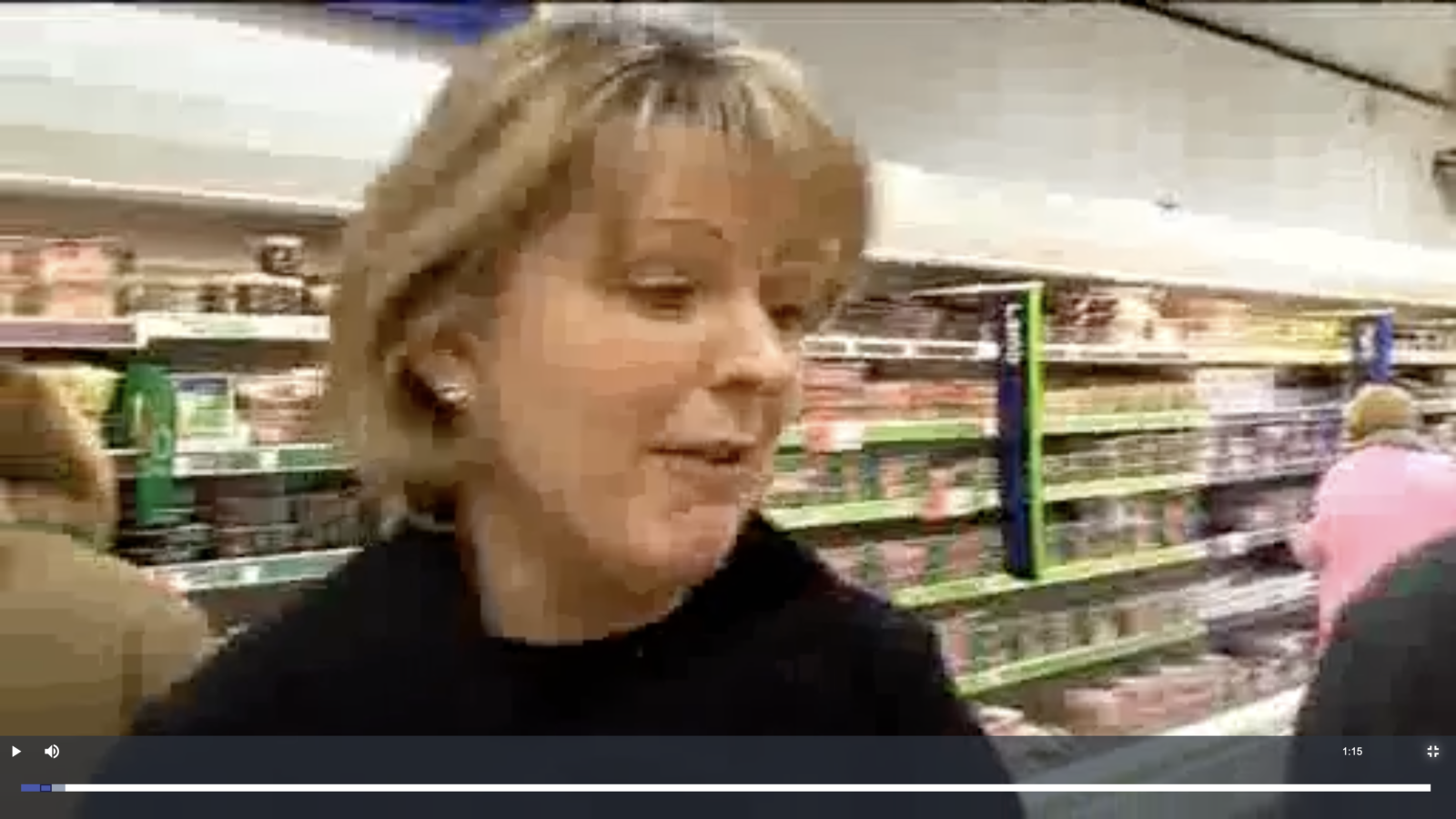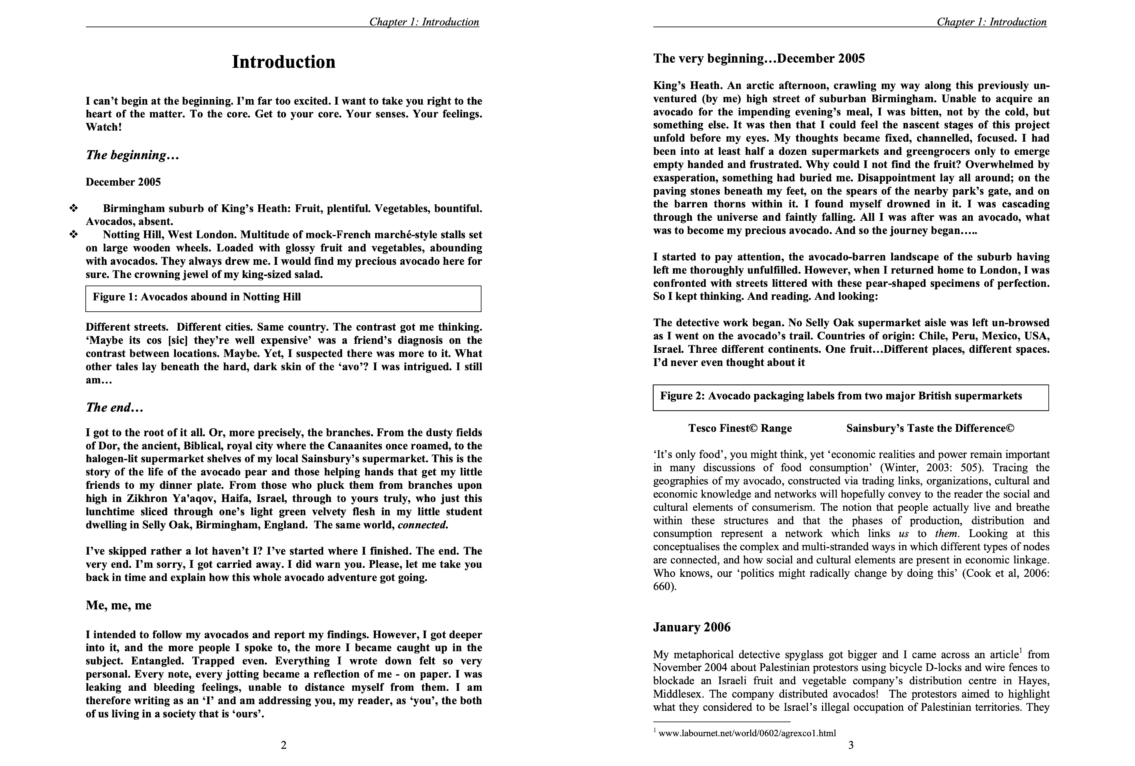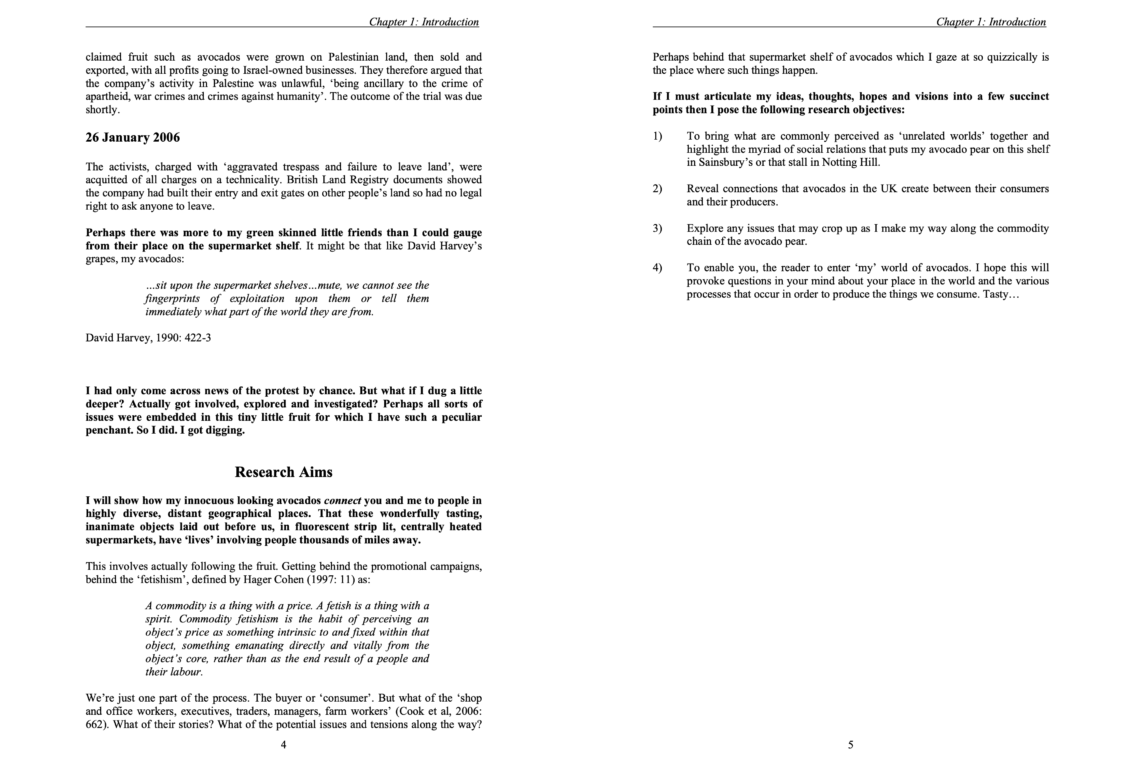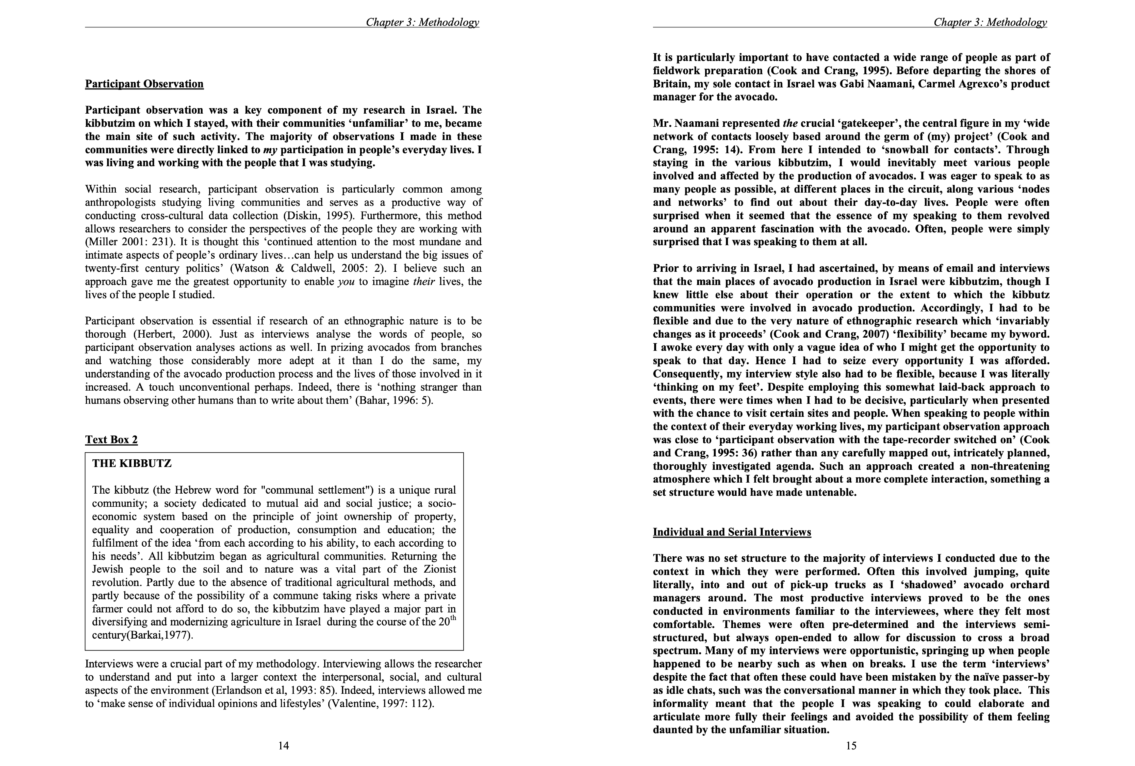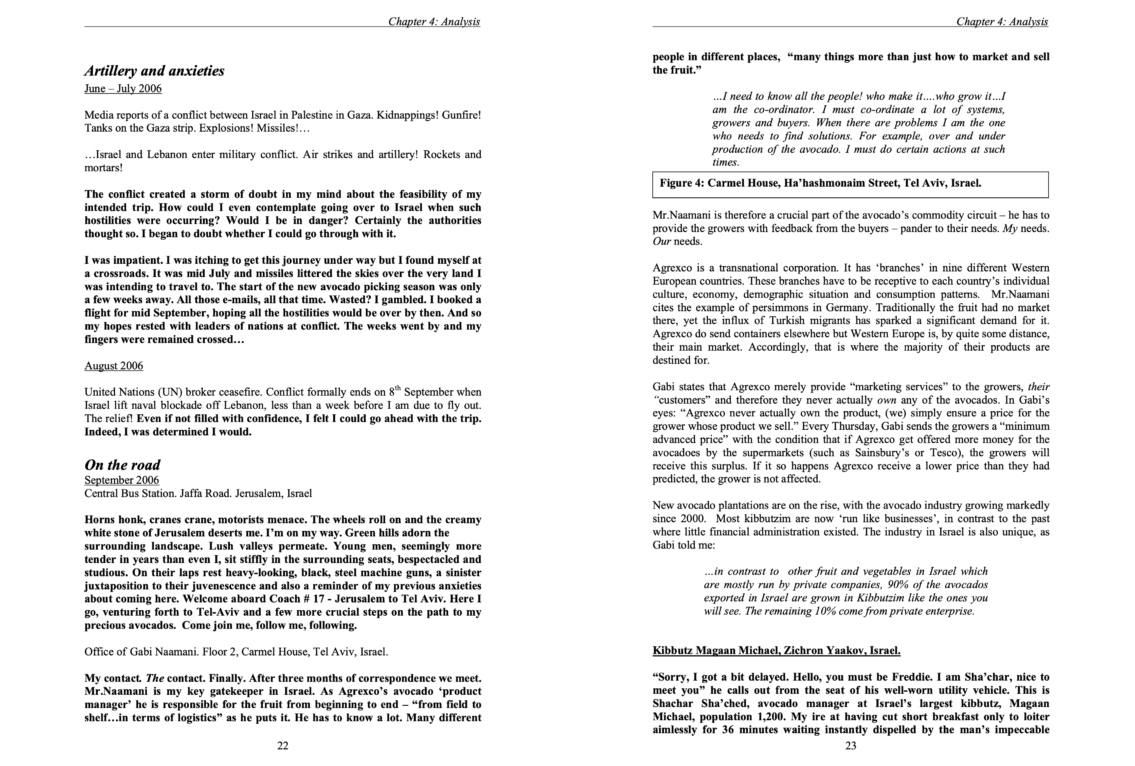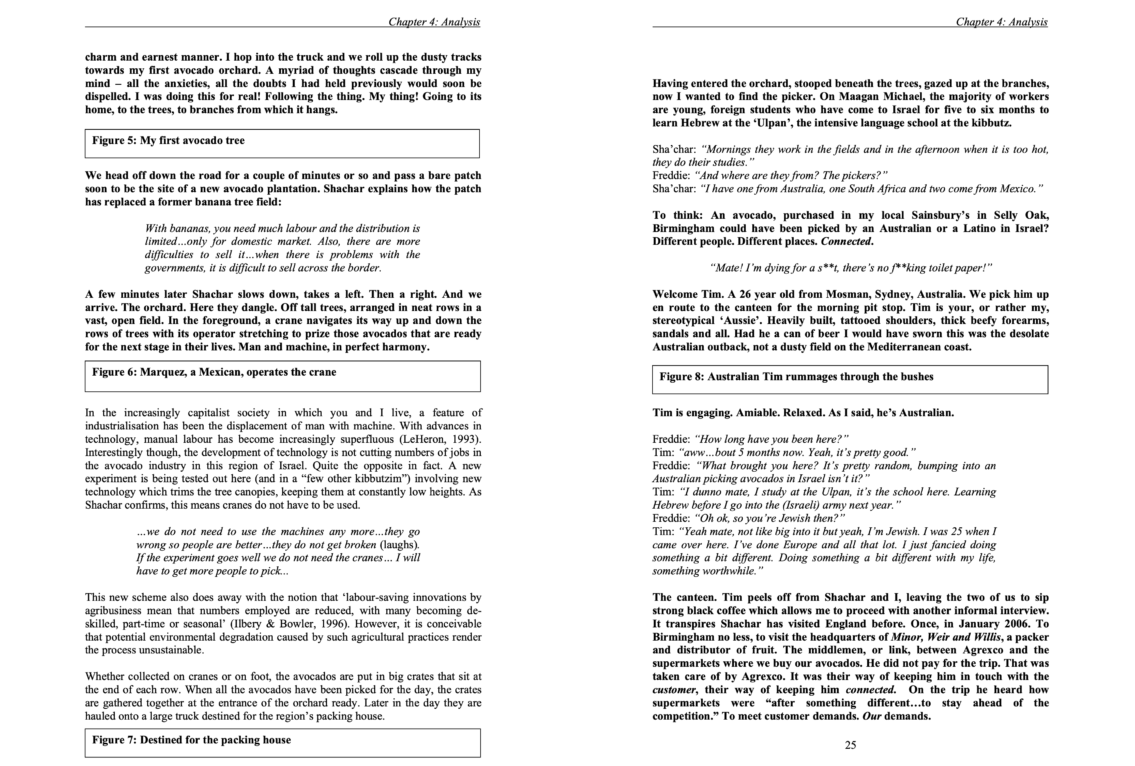
followthethings.com
Security
“Following the white phosphorus trail”
A series of four TV news stories broadcast on Al Jazeera English.
Embedded in the YouTube playlist above.
‘Follow the things’ trade justice activism tends to connect unknowing consumers to the exploited supply chain workers who make the things they buy. But not when it comes to the arms trade. Here, the direction of travel is reversed: it’s this industry’s ultimate ‘consumers’ – the people who are killed and maimed by these commodities – that activists are worried about, especially when their use can be considered a war crime. Since Hamas’ October 7th 2023 attack on Israel and the Israeli government’s military response (described by many, and denied by Israel, as a genocide), arms trade activists around the world have set out to make public the geographies of the arms trade supplying the Israel Defence Forces (IDF) and to disrupt this via non-violent direct action. They have also sought to hold arms manufacturers, shipping companies, Israeli and other goverments, and the IDF accountable for their actions under international law. But who are the people who make these weapons, where in the world? What do they know about the devastating impacts of their work? How do they feel about this? How do they rationalise it? Who’s responsible for this death and destruction? Soon after Hamas’ October 7th attack, news reports emerged that accused the IDF of using white phosphorus shells to bomb civilians in Gaza and Lebanon. These shells are designed to light up the sky, and/or to provide a smokecreen, for ground troops to more safely move into an area. That’s their permitted use. But if they’re used to bomb people, that’s a war crime. White phosphorus burns when it comes into contact with oxygen, and it keeps burning for weeks. It’s fat soluble so, if it lands on people’s skin, it burns and burns. Journalists and arms trade activists could identify where these white phosphorus shells were made from production codes they found on fragments of the shells found in burning ruins. An arsenal in the small town of Pine Bluff, Arkansas, USA, was the source. And not for the first time. In 2008-9, white phosphorus shells from the Pine Bluff Arsenal had been dropped on Palestinian civilians during the IDF’s ‘Operation Cast Lead’. The Quatari news station Al Jazeera sent a reporter there and broadcast at least four news stories that followed the trail of white phosphorus munitions there from Gaza. Reporter Mike Kirsch talked to locals, showed them images of Palestinian people burned by munitions made in their town, asked them what they felt about this, asked their mayor what he felt about this. There was a detailed Amnesty International report that he could show them. Were people in this town at least partially responsible for this death and destruction? Was the Arsenal responsible? Was the US government responsible? The IDF? Hamas? Here’s what we have been able to find.
Page reference: Ian Cook et al (2025) Following the white phosphorus trail. followthethings.com/following-the-white-phosphorus-trail.shtml (last accessed <insert date here>)
Estimated reading time: 53 minutes.
Continue reading Following the white phosphorus trail

